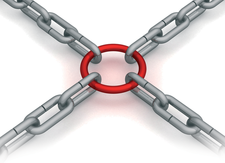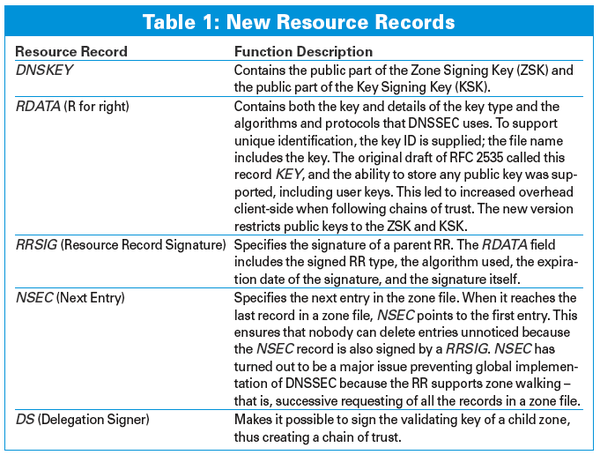Trusted name resolution with DNSSEC
Chain of Trust

© Sergey Ilin, Fotolia
Some Internet exploits target name resolution servers. DNSSEC uses cryptography to protect the name resolution service.
System administrators and security consultants have devised elaborate strategies for protecting computer networks, but one very basic part of the Internet infrastructure is still surprisingly vulnerable: the name resolution system. Intruders have developed sophisticated techniques for spoofing DNS responses. Of course, the white hats have fought back with their own defensive maneuvers, but experts agree that a fundamentally different approach is necessary. The DNS Security Extensions (DNSSEC) system [1] offers a comprehensive solution for authentication and data integrity for DNS.
DNSSEC adds cryptographic signatures to the legacy name resolution service. But a signature can't solve the problem alone (because an attacker can create a signature, too). DNSSEC also needs a method for authenticating the public key used in the asymmetric encryption, which means the system must provide its own form of Public Key Infrastructure (PKI).

[...]
Buy this article as PDF
(incl. VAT)
